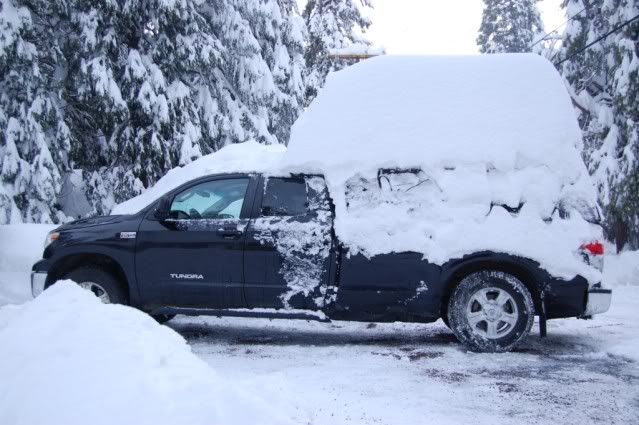I know others have asked the question, but i am still not clear on the correct answer. I am interested in getting a flippac and would like to mount a set of yakima or thule rails to the flippac to carry kayaks or a canoe. I know that this means unloading the boats every night, but i will not be carrying them all the time. Will the load be too much for the flippac to carry (150lb max). It is my understanding that the limited carry weight on the flippac is related to the strength of the hinge mechanism and the potential for opening the flippac with a load on the roof. I will not be opening it with a load. So, can i carry kayaks or a canoe on a flippac?
Thanks in advance for your input!
Brian Bates
New to Expo Portal
Thanks in advance for your input!
Brian Bates
New to Expo Portal

